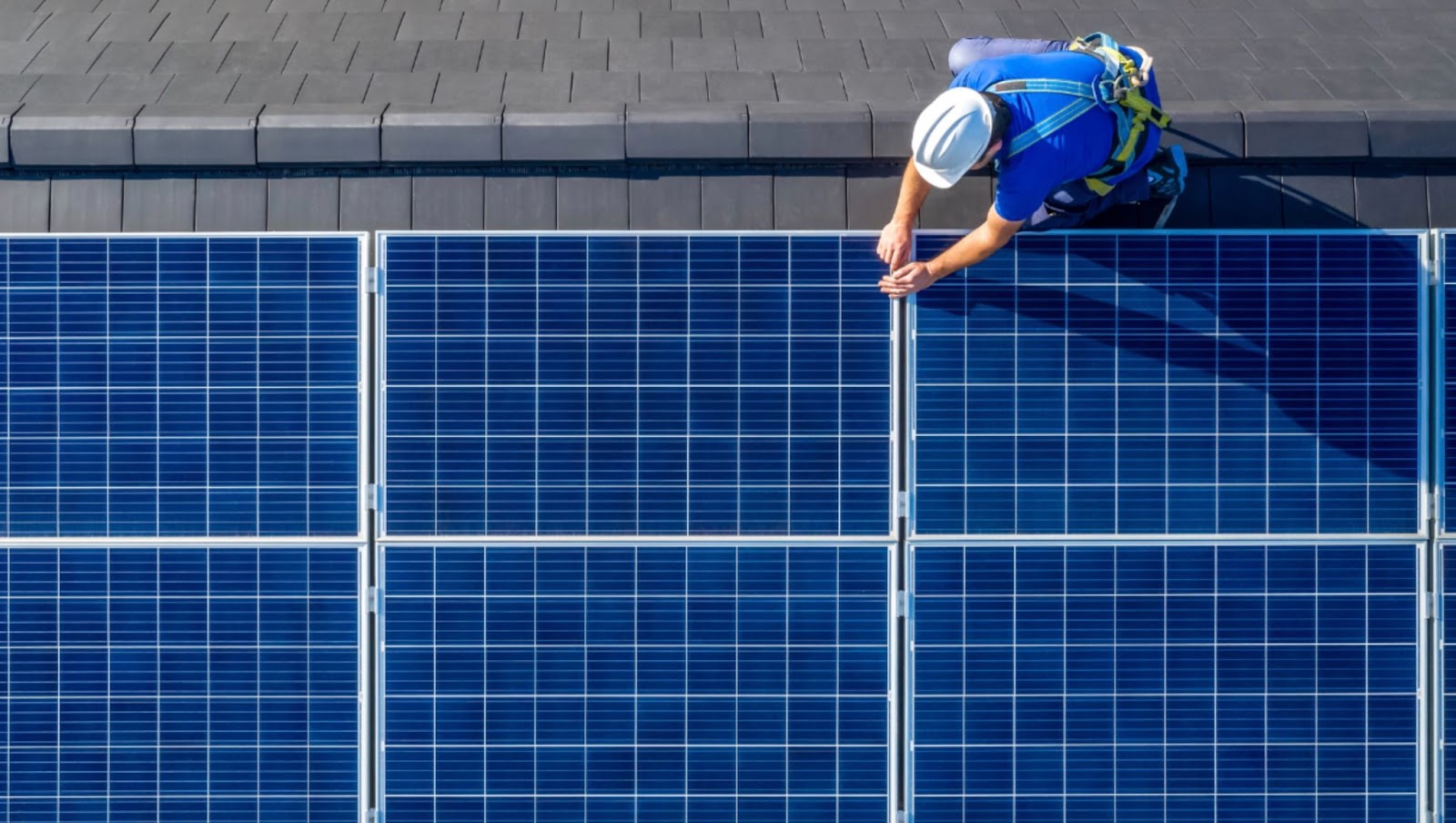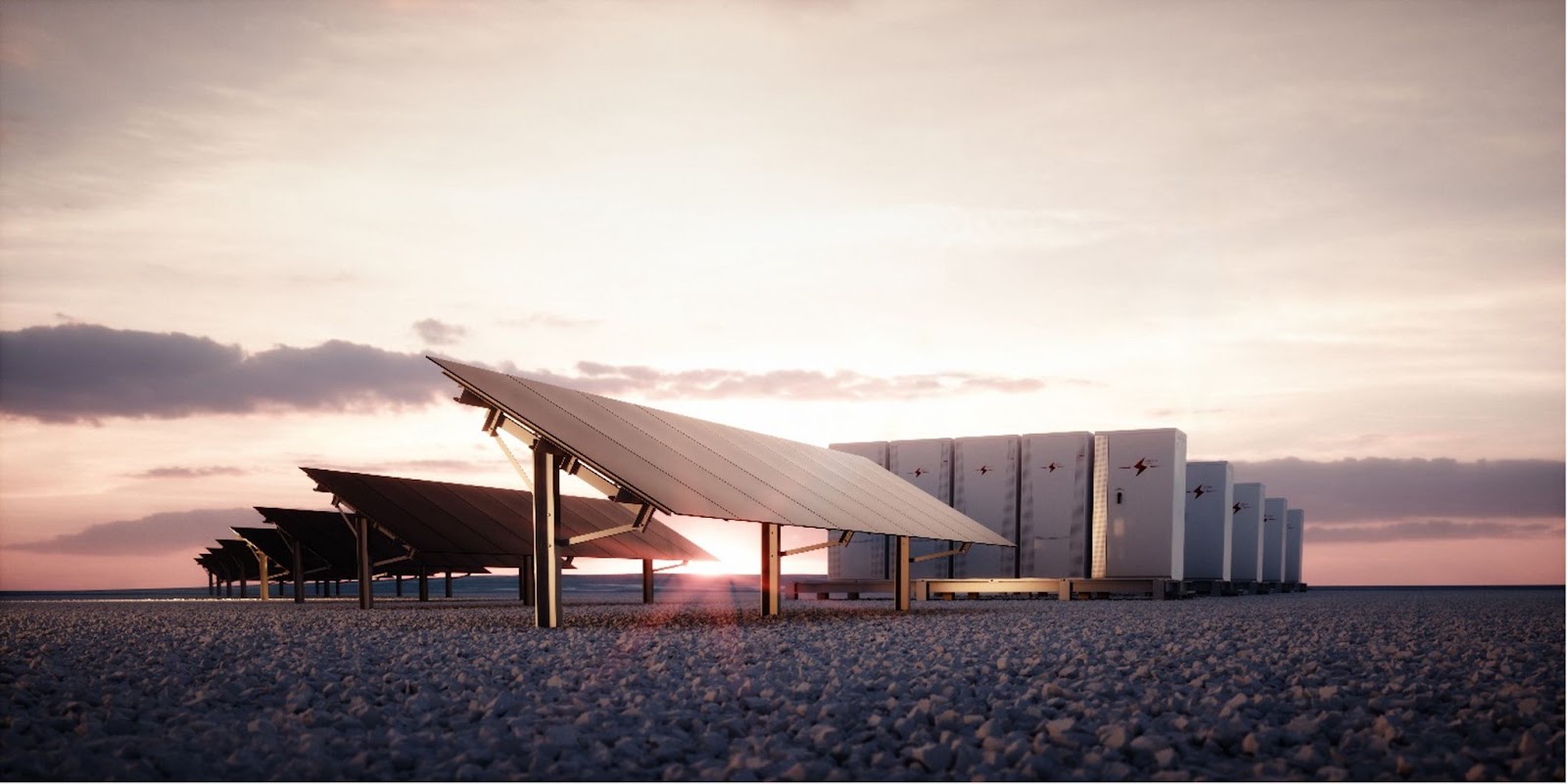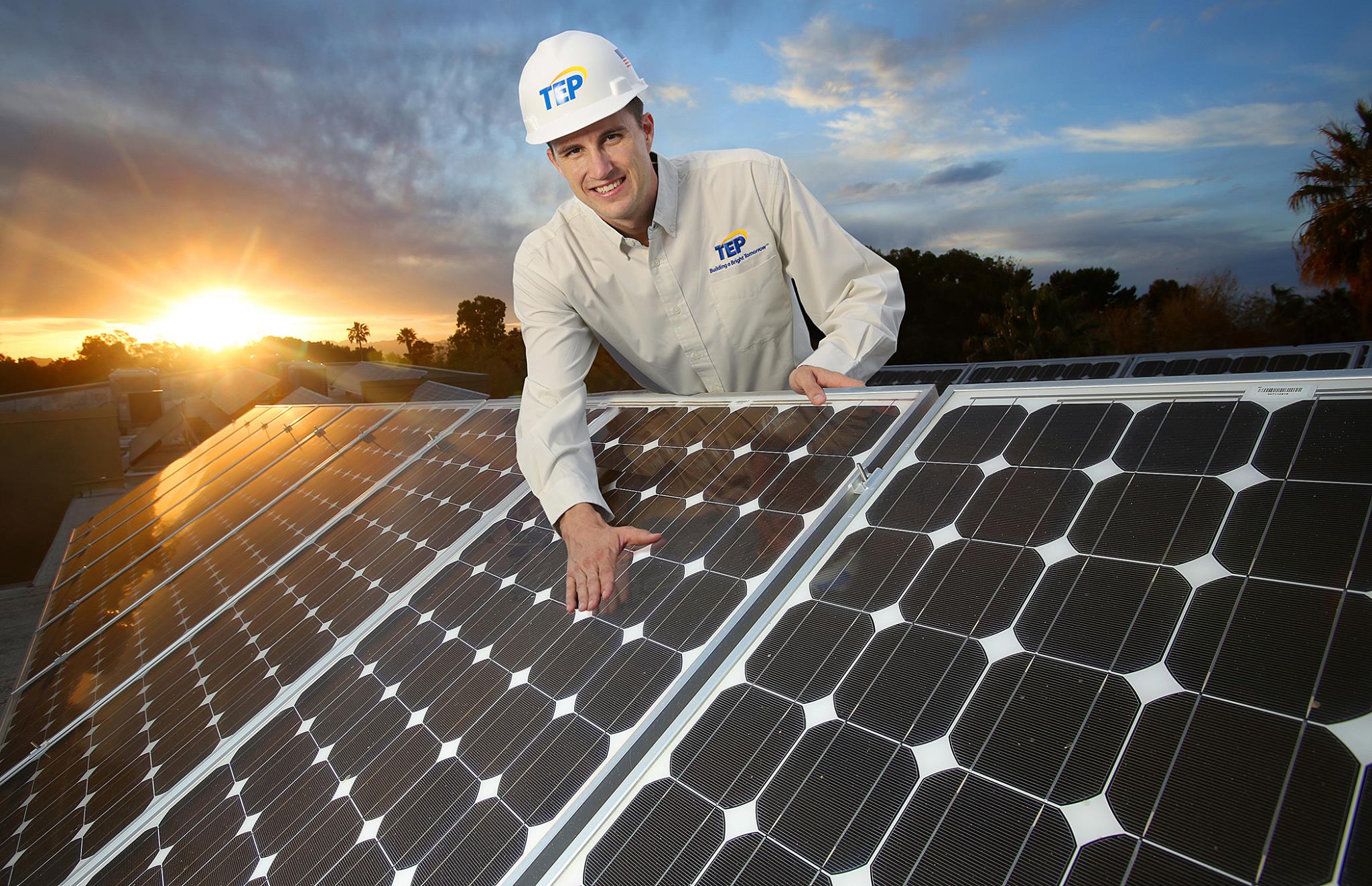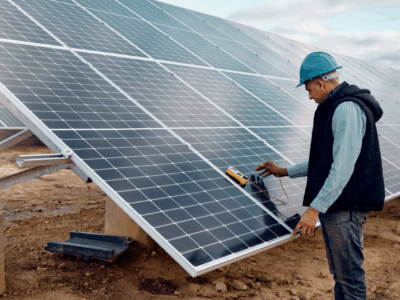According to the U.S. Energy Information Administration (EIA), the United States took a giant leap forward regarding solar power in 2023, as developers planned to add 54.5 gigawatts (GW) of new utility-scale electric-generating capacity to the U.S. power grid. That translates into 29.1 additional gigawatts of actual solar power — more than double the previous yearly record of 13.4 GW, set in 2021.
Among the companies with plans to boost solar capacity is Tucson Electric Power (TEP), an Arizona utility that provides power to more than 442,000 customers in the Tucson, AZ, metropolitan area. In October, TEP announced plans to build a $294-million battery system for solar energy that would store 800 megawatt hours of solar at peak efficiency, ENR Southwest reported.

Photo Courtesy TEP
The system will be located near TEP’s Vail substation in southeast Tucson and is slated to begin operation in the summer of 2025. Once completed, it is expected to have the capacity to power roughly 42,000 homes for four hours, according to a press release.
TEP plans to charge the grid-connected battery when solar resources are the “most productive” — the morning and early afternoon — then deliver stored power later in the day when customers use the most power.
Dubbed the “Roadrunner Reserve system,” it will serve as the largest energy storage system in the company’s portfolio and among the largest in the Grand Canyon State.
“Roadrunner Reserve will help us maintain reliability as we ambitiously but responsibly expand our community’s renewable resources,” Susan Gray, TEP President and CEO, said in a statement. “This new system will be particularly important in helping us satisfy peak energy needs during the summer.”

Photo Courtesy TEP
Battery systems help TEP and other utilities use wind and solar resources better by “shifting their output to periods of greatest need,” the press release said. The systems can also help “smooth out imbalances” throughout the day as clouds block the sun or wind patterns shift. Currently, TEP has 51 MW of storage capacity. The largest storage system is the 30 MW battery at the company’s Wilmot Energy Center.
TEP will own and operate Roadrunner Reserve, which will be designed and built by Scottsdale-based DEPCOM Power.
The new system will use lithium iron phosphate battery units, a newer technology TEP claims offers “longer life and safer operation” than other battery systems.
“We are extremely pleased that TEP chose to entrust us with this milestone project,” Johnnie Taul, DEPCOM CEO, said in a statement. “TEP’s exacting specifications include two decades of system reliability, and DEPCOM’s ability to combine EPC with a long-term services agreement and dedicated O&M capability provides that peace of mind for our partners.”

Photo Courtesy DEPCOM Power
Roadrunner Reserve also aligns with TEP’s 2020 Integrated Resource Plan (IRP), which outlines its strategy to reduce carbon emissions by 80% and add up to 1,400 MW of energy storage by 2035. According to the press release, the system will build on recent additions of renewable resources, including:
- The 250-MW Oso Grande Wind Project is located near Roswell, NM. Owned and operated by TEP, it generates enough energy to serve the annual electricity needs of about 100,000 homes.
- The Wilmot Energy Center includes a 100-MW solar array and a 30-MW battery storage system south of Tucson International Airport. It is owned and operated by NextEra.
- The 99-MW Borderlands Wind Project is 100 miles south of Gallup, NM. Also owned by NextEra, this project includes 34 turbines that produce enough power to serve about 26,000 homes annually.
- TEP’s 12.5-MW Raptor Ridge solar system can produce enough power to meet the annual electricity needs of about 2,500 homes. This system provides energy for homeowners and renters participating in TEP’s GoSolar Home program.





